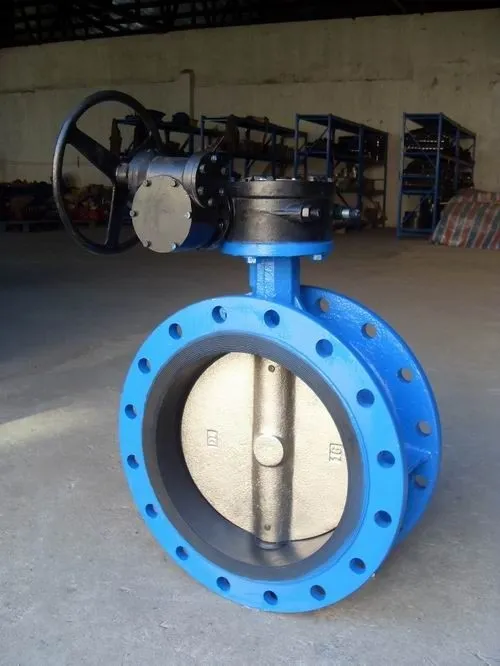Oct . 21, 2024 09:40 Back to list
Understanding Metric Trapezoidal Threads and Their Applications in Mechanical Engineering
Understanding Metric Trapezoidal Threads
Metric trapezoidal threads are an essential component in mechanical engineering, particularly in applications where linear motion is required. This article aims to delve into the features, applications, and advantages of metric trapezoidal threads, ensuring a comprehensive understanding of this vital thread type.
What are Metric Trapezoidal Threads?
Metric trapezoidal threads are a form of screw thread characterized by their trapezoidal profile. Unlike standard triangular threads, which have a more acute angle, the trapezoidal threads feature a more gradual slope. This design is specifically shaped to enhance load-bearing capabilities and provide a self-locking mechanism. The profile angle typically varies, with common angles including 30°, 29°, and 28°.
The thread pitch, which is the distance between two successive threads, can be standardized, allowing for the interchangeability of components. The metric designation refers to the measurement system used, where all dimensions are expressed in millimeters. The nomenclature of these threads usually follows a specific format, such as Tr 20 x 4, where Tr denotes trapezoidal, 20 is the nominal diameter in millimeters, and 4 is the pitch.
Applications of Metric Trapezoidal Threads
Metric trapezoidal threads are widely used in machinery and engineering projects. One prominent application is in lead screws and nuts, where they convert rotational motion into linear motion. This conversion is integral in devices such as lathes, milling machines, and CNC machines, facilitating precision engineering.
Another critical application lies in the realm of clamping, where trapezoidal threads provide a robust locking mechanism. In devices like vices and clamps, the self-locking feature of the trapezoidal design prevents accidental loosening under load, ensuring safety and stability in various operations.
metric trapezoidal thread

In addition to this, metric trapezoidal threads find their use in industrial elevators, automotive applications, and robotics, where consistent linear motion and high load capacity are necessary
. Their ability to handle significant axial loads while maintaining low backlash makes them ideal for applications requiring precision and reliability.Advantages of Metric Trapezoidal Threads
One of the primary advantages of using metric trapezoidal threads is their efficiency in translating rotary motion into linear motion. The smooth transition enables a high degree of precision, which is critical in many engineering applications.
Moreover, the self-locking feature is a substantial benefit, as it negates the need for additional locking mechanisms in many cases. This not only simplifies the design but also reduces the overall costs associated with manufacturing and assembly.
Additionally, metric trapezoidal threads have a higher load capacity compared to standard threads due to their larger surface area in contact with the corresponding nut. This property decreases wear and enhances the lifespan of the components, making them economically advantageous in the long run.
Lastly, the ease of assembly and disassembly contributes to their popularity. The standardized dimensions allow for easy replacement and interchangeability, which is crucial for maintenance and repair in complex machinery.
Conclusion
In conclusion, metric trapezoidal threads serve as a vital thread type in mechanical engineering, providing efficient and reliable solutions for various applications. Their unique design offers a combination of robust load-bearing capabilities, self-locking features, and simplicity in assembly. As industries continue to evolve, the importance of such threads will undoubtedly remain significant, ensuring that they play a crucial role in the future of engineering advancements. Understanding their principles and applications can greatly enhance one's ability to design and implement effective mechanical systems.
-
Y Type Strainer Maintains System Efficiency Long TermNewsJul.15,2025
-
Valve Selection Guide for Industrial ApplicationsNewsJul.15,2025
-
Steel Fab Table Provides Durable Work Surface for WeldingNewsJul.15,2025
-
Pad Iron Provides Stable Support for Heavy MachineryNewsJul.15,2025
-
One Inch Check Valve Fits Standard Plumbing SystemsNewsJul.15,2025
-
Measuring Micrometer Ensures Precise Dimensional AccuracyNewsJul.15,2025
Related PRODUCTS









